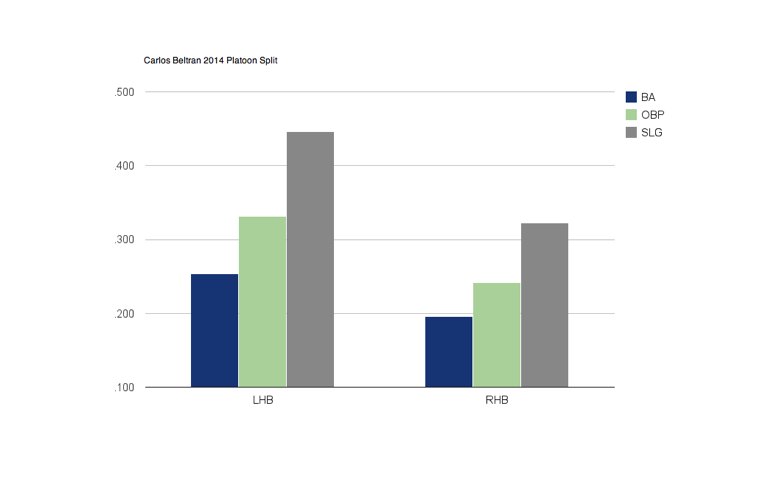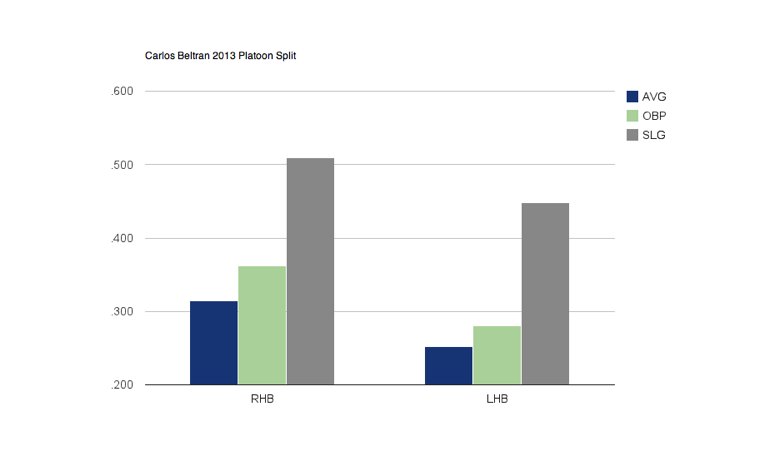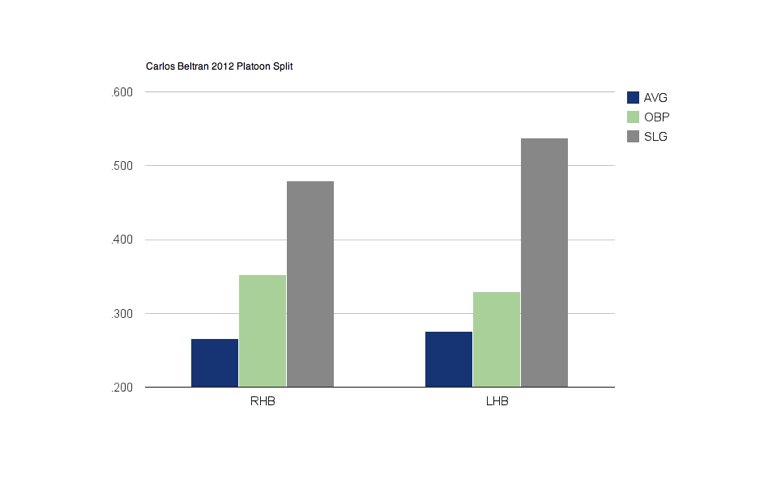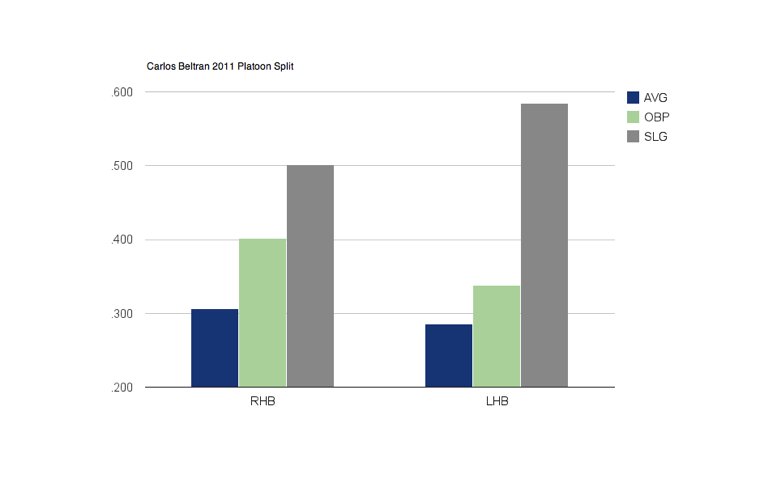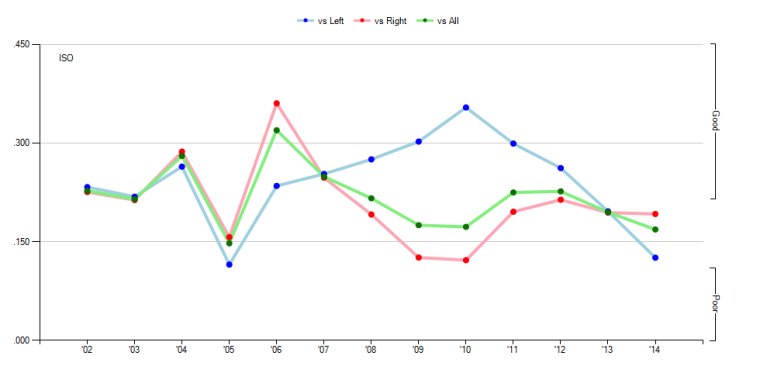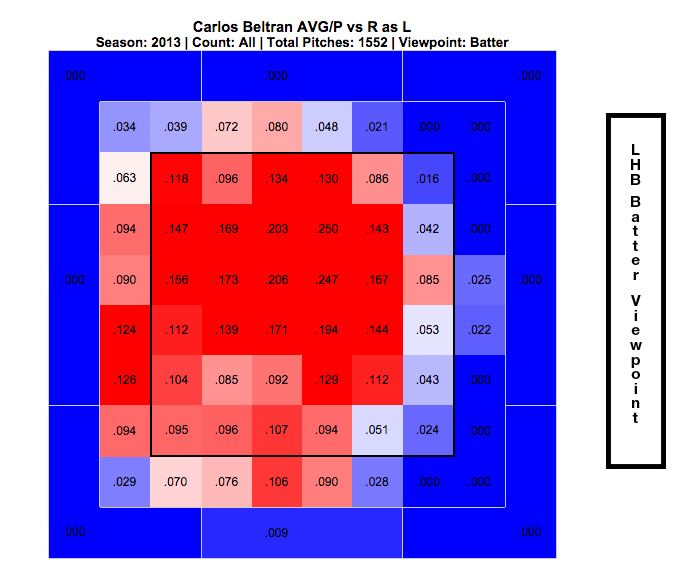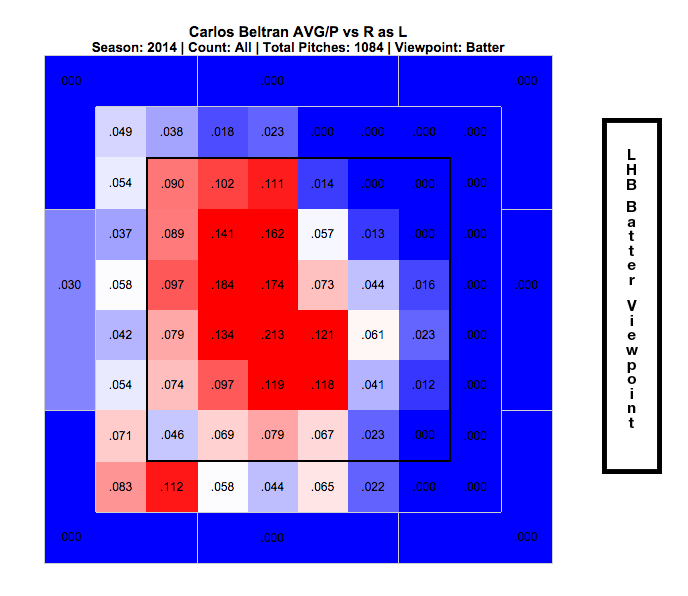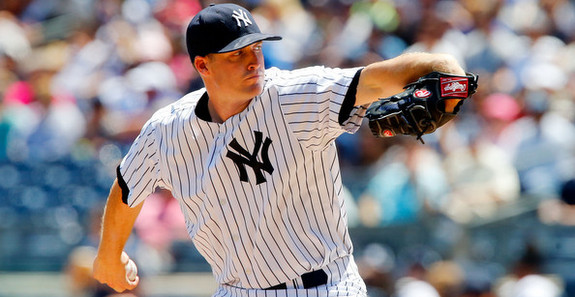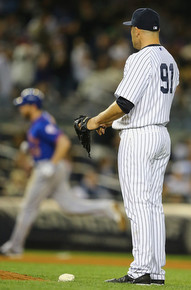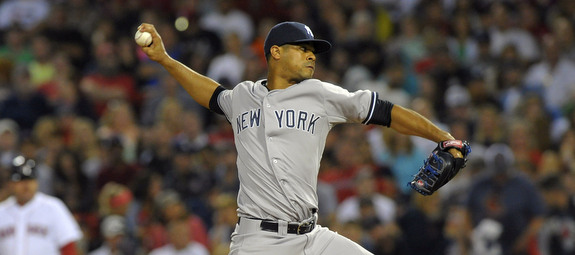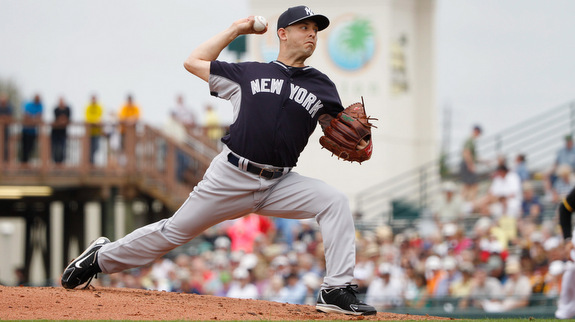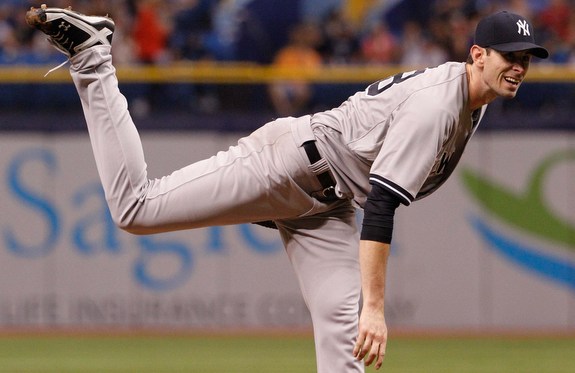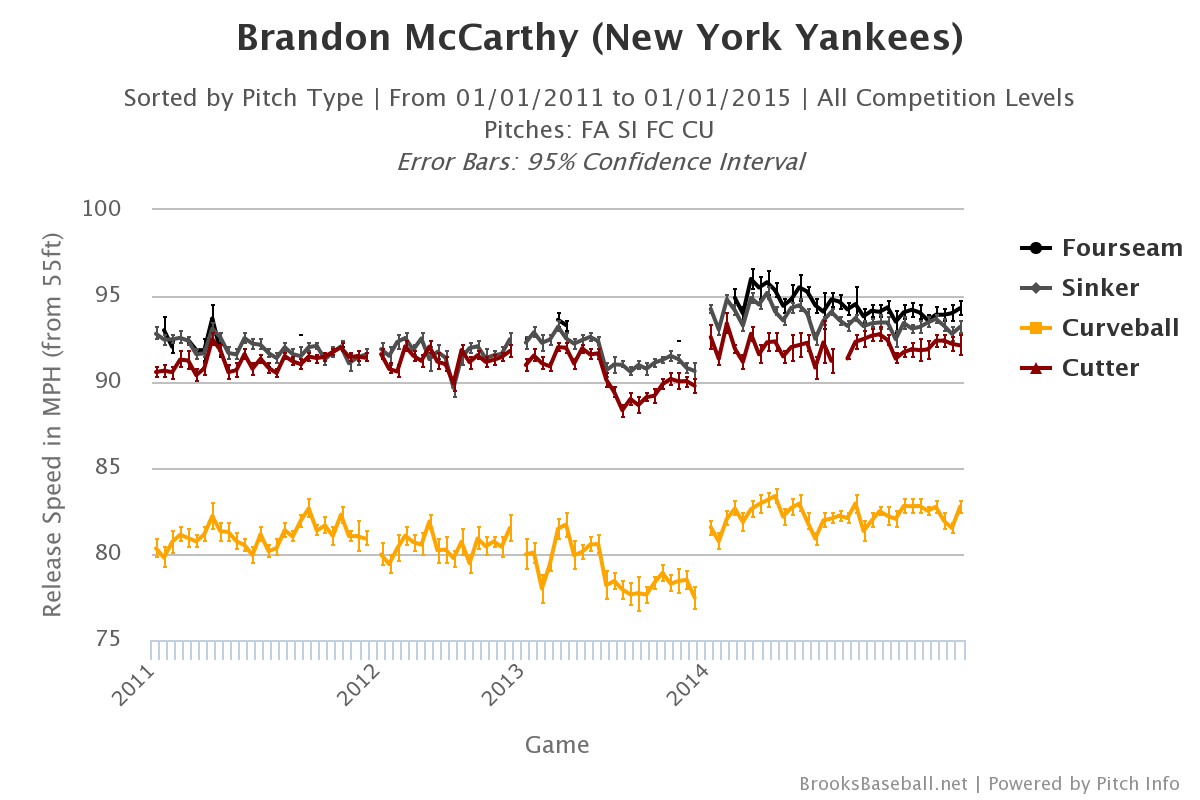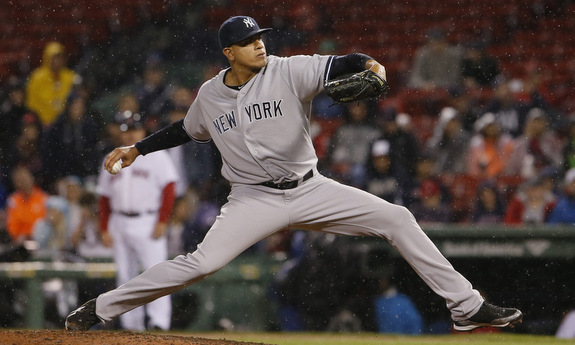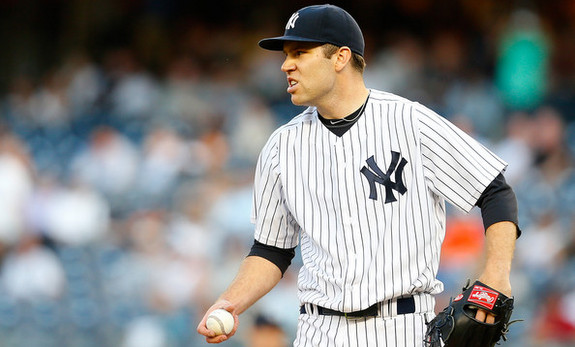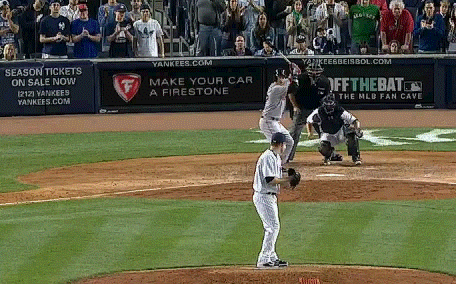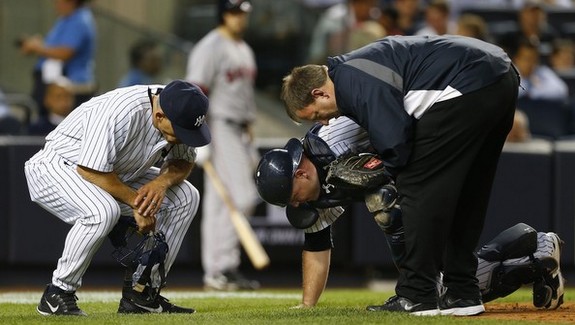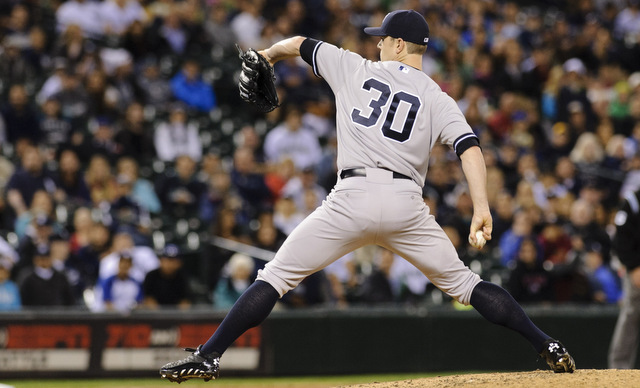
I don’t envy whomever will replace Derek Jeter next season. That’s going to be a tough job. Remember when Tino Martinez was getting booed in 1996 simply because he wasn’t Don Mattingly and had the audacity to not hit like .350 in the first few weeks of the season? That’s what it’ll be like for Jeter’s replacement, only about ten times worse.
And yet, as bad as that will be, I think replacing Mariano Rivera this past season was a more difficult task. Why? Because a closer’s failures are far more memorable than a shortstops. If a position player boots a grounder or strikes out with the bases loaded, it sucks, but we move on quickly because another batter steps to the plate. But if a closer fails? Forget it. The failure stews overnight and into the next day. Into his next appearance whenever that may be, really.
Replacing Rivera this summer was not going to be easy but David Robertson did it seamlessly. If he would have come out of gate and blown, say, three of his first six save chances in April — which Mo did when he replaced John Wetteland in 1997, by the way — there would have been questions for weeks and months about whether he was the right guy for the job. Fair or not, those questions were going to be asked and they tend to linger. That’s the nature of the job. The ninth inning has taken on a mind of its own.
Instead of creating questions, Robertson nailed down his first nine save chances of the season and didn’t blow a game until late-May. At one point from early-June through late-August, he successfully converted 22 consecutive saves, the second longest such streak by any pitcher in 2014. (Huston Street saved 23 straight to start the year.) Robertson saved 39 games in 44 opportunities, an 88.6% conversation rate that bests Rivera’s in 2014 (86.3%) and from 2011-14 (87.5%).
Did Robertson have some major meltdowns? Oh yeah. Of course. That’s inevitable regardless of role. He turned a 5-4 lead into a 6-5 loss by serving up a two-run walk-off homer to Adam Dunn on May 23rd for his first blown save. The Twins managed to score five runs in two-thirds of an inning against Robertson on June 1st. He allowed a three-run homer to Chris Carter in the ninth inning of a tie game on August 19th. Robertson blew two crucial saves against the Orioles in the final weeks of the season, one of which set up Jeter’s walk-off single in his final home game. Relievers are going to give up runs. We just remember when the closer gives up runs the most.
Saves are the name of the game for closers — managers, including Joe Girardi, literally manage games around the stat these days — but there are far better ways to measure a reliever’s effectiveness. After all, protecting a one-run lead in Fenway Park is much different than being handed a three-run lead in sleepy Target Field, for example. I can feel the difference when I’m sitting at home and watching on television, so you know the guys on the mound can feel the difference too.
Thankfully, Leverage Index gives us a better idea of just how important each situation is. Robertson didn’t just lead all qualified relievers with an average 2.07 Leverage Index when entering the game (gmLI) in 2014, it was the highest gmLI by any reliever in the last three seasons. You have to go back to 2011 to find someone with a higher gmLI (Jordan Walden and Chris Perez were at 2.11 and 2.08 in 2011, respectively). Only five pitchers — well, technically four pitchers and five instances — had a higher gmLI in an individual season over the last ten years. Keep in mind that a 1.5 gmLI is considered high-leverage. So 2.07 is way up there.
Robertson was pitching in incredibly important and pressure-packed innings all summer because the Yankees never score runs. They rarely blow games open. They won 84 games this past season and all 84 were by one-run. That’s a made up fact that feels true. Robertson pitched in all those tight situations and performed like he has since breaking out in 2011:
| IP | ERA | FIP | K% | BB% | GB% | HR/FB% | LOB% | Whiff% | |
|---|---|---|---|---|---|---|---|---|---|
| 2011 | 66.0 | 1.08 | 1.84 | 36.8% | 12.9% | 46.3% | 2.3% | 89.8% | 10.8% |
| 2012 | 60.2 | 2.67 | 2.48 | 32.7% | 7.7% | 44.9% | 9.6% | 81.5% | 9.9% |
| 2013 | 66.1 | 2.04 | 2.61 | 29.4% | 6.9% | 50.9% | 10.6% | 87.5% | 9.6% |
| 2014 | 64.1 | 3.08 | 2.68 | 37.1% | 8.9% | 44.2% | 15.6% | 77.7% | 11.9% |
Robertson did have his highest ERA in the last four years in 2014, mostly because he a bit more homer prone and wasn’t quite as Houdini-ish as he has been in the past. His strikeout and swing-and-miss rates were outstanding — during a 33-appearance stretch from late-April through late-July, Robertson struck out 66 of 139 batters faced (47.5%) in 34.2 innings (17.13 K/9) — and both his walk and ground ball numbers were in line with recent years. There’s a little fluctuation year-to-year but that’s normal. Bottom line, Robertson was outstanding yet again.
Replacing Mariano Rivera figured to be a daunting task but Robertson made it look easy. He stepped right into the higher profile role and continued to be one of the very best relievers in the game. A lot of things went wrong with the Yankees this season, but the ninth inning was not one of them. I truly hope this was not Robertson’s final season in pinstripes, but, if it was, it was one hell of a swan song. Going from a low-profile 17th round draft pick to replacing Rivera and closing for the New York Yankees is some kind of story.

